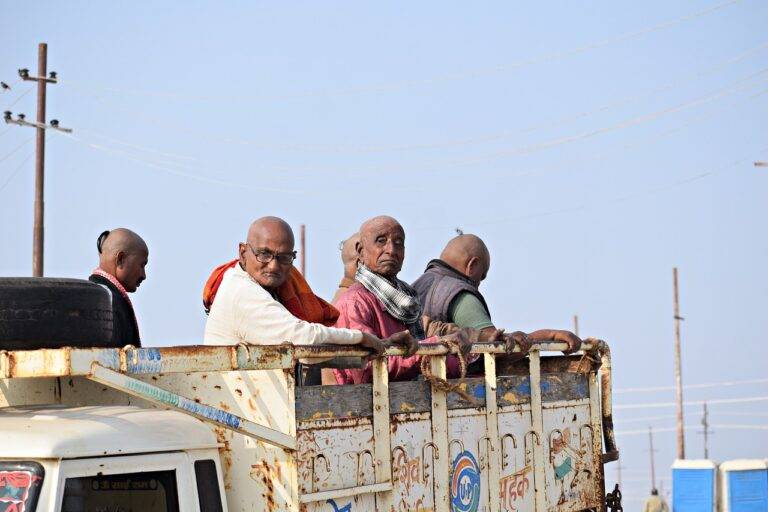Accessibility Challenges for Disabled Voters
One major challenge confronting disabled voters is the lack of accessible polling places. Many polling stations have physical barriers that prevent individuals with disabilities from entering and navigating the voting process independently. These barriers include steps leading to entrances, narrow doorways, and inaccessible voting booths, making it difficult for disabled voters to cast their ballots privately and securely.
Another obstacle disabled voters often encounter is the lack of appropriate accommodations and support at polling locations. While some polling stations may have assistive devices like magnifying glasses or audio ballots, these aids may not be sufficient for all types of disabilities. Additionally, there is a lack of trained staff available to assist disabled voters, leaving many individuals struggling to participate in the voting process effectively.
Physical barriers at polling places
One common physical barrier faced by disabled voters at polling places is the lack of accessible parking spaces near the entrance. In many cases, voters with disabilities may find themselves having to walk long distances from the parking lot to the polling place, which can be especially challenging for those with mobility issues. This lack of convenient parking options can deter disabled voters from casting their vote on Election Day.
Another prevalent physical barrier is the presence of uneven or slippery walkways leading to the polling place entrance. For individuals using mobility aids such as wheelchairs or walkers, navigating these hazardous paths can be treacherous and increase the risk of falls or injuries. Such barriers not only compromise the safety of disabled voters but also impede their ability to exercise their right to vote independently.
What are some common physical barriers at polling places?
Some common physical barriers at polling places include steps leading to the entrance, narrow doorways, lack of ramps or elevators, and inaccessible voting booths.
How do physical barriers impact disabled voters?
Physical barriers at polling places can make it difficult or impossible for disabled voters to access the voting booths, resulting in their disenfranchisement.
What are some challenges faced by disabled voters at polling places?
Disabled voters may face challenges such as navigating inaccessible entrances, using voting machines that are not wheelchair accessible, and facing long lines without adequate seating or rest areas.
How can polling places improve accessibility for disabled voters?
Polling places can improve accessibility for disabled voters by installing ramps and elevators, widening doorways, providing accessible voting booths, offering assistance for voters with disabilities, and training staff on how to accommodate disabled voters.





